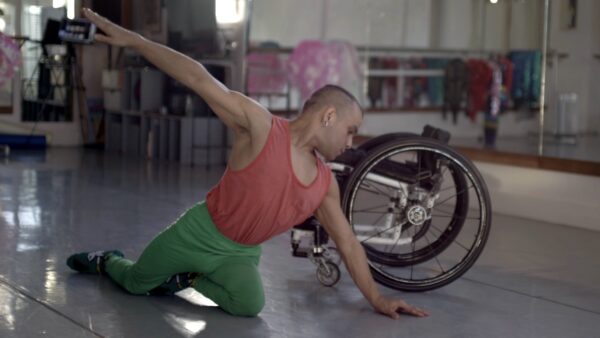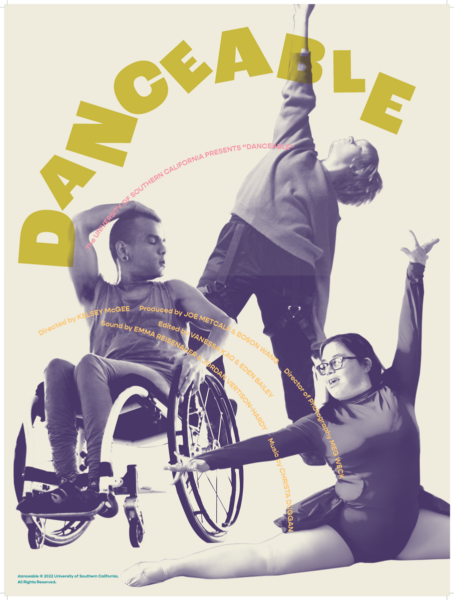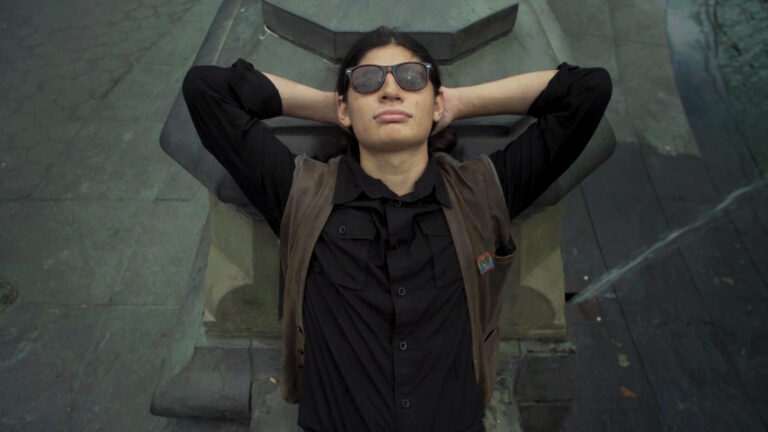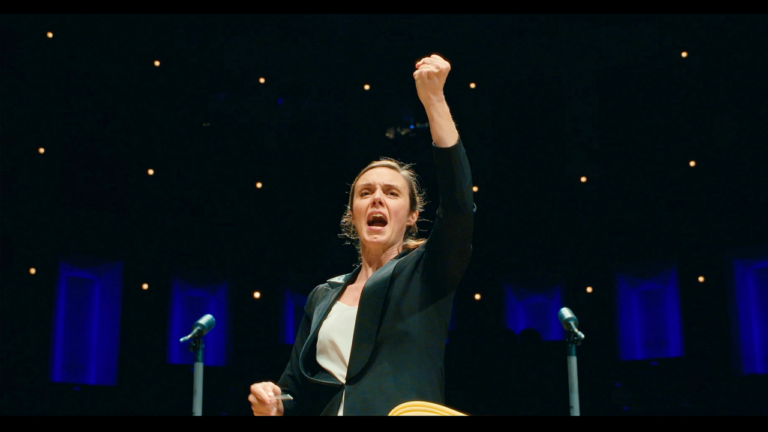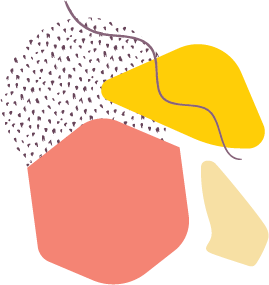A hand outstretched. The spinning of the wheels on a wheelchair. A ribbon twirling through the air. Feet sliding across the floor. The music crescendos as the movements reveal our three dancers: Lark, a deaf dancer; Janpi, who uses a wheelchair; and Marci, a teacher with Down Syndrome.
Lark explores a dance studio and begins to warm up. They reveal their experience as a young dancer, and how their disability has led them to have a unique and powerful relationship with music. Meanwhile, in Oakland, Janpi emphasizes their ability to express all the facets of their identity. Through dance, they are able to express many facets of their identity, such as a Latinx, queer, and disabled dancer, including adapting salsa styles for wheelchair users. In the San Fernando Valley, we enter Marcis’ world. Through an interview, Marci expresses her love for all styles of dance, and that dance is not a choice but simply her “following her heart”.
Lark reveals that as a teenager, a dance teacher told them that they did not have the body type to pursue ballet, prompting her to quit for a prolonged period of time. Marci’s mother, Lucy Landeros, reminisces on Marci’s upbringing, recounting how many at her school dismissed her dancing abilities. Janpi tells a story about their local public school and their lack of accessibility, revealing that it took an entire year before they could conveniently go to school. At Straight Up Abilities, Marci finds a community of friends like herself who share her love for dance and have the opportunity to perform with the Royal Ballet.
Janpi dances with AXIS Dance Company, a professional physically integrated dance company that includes both disabled and non-disabled dancers. Lark finds solace in a tight-knit group of dancers they can consider friends and family. Through teaching a dance class, Lark displays their natural ability to lead as we watch them teach choreography that integrates traditional dance with ASL. For the first time, Lark integrates ASL into their dance for two fellow dancers and expresses their desire to teach the same dance to a bigger audience one day. Marci teaches a dance class for Straight Up Abilities at the famous Millenium Dance Studio. She explores her love and difficulties with teaching, expressing that, at times, it’s difficult for her to get others to listen. Janpi teaches a virtual integrated dance class over Zoom.
They reveal they can change not only their movement but their language to make dance more accessible for all. In a filled studio, Lark teaches their first large dance class to an audience of both deaf and nondeaf dancers. The class is a success, and Lark reveals how inspirational it is to learn from other dancers and how their journey with dance is just beginning. We end with all 3 dancers, Lark, Janpi, and Marci, in their natural element, each doing what they do best.
